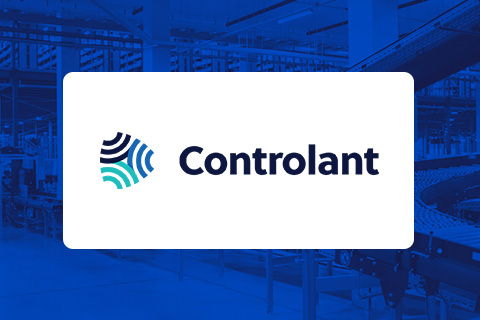Demonstrate value and increase reimbursement
Simul8 is used to assess the economic and clinical effectiveness of treatments, engage effectively with healthcare payers and partners, as well as increase reimbursement.
Why is simulation used to support health economics and market access teams?
Executing and demonstrating value and cost-effectiveness to healthcare payers is a key topic for pharmaceutical and medical device companies, particularly with trends towards price cuts, greater spending scrutiny and increased regulation.
Proving cost-effectiveness can be often be a challenge as outcomes are not always easily measured, in the case of orphan conditions, or when it can take time for outcomes to be measured, as with long-term conditions.
With more demanding criteria for pricing and reimbursement, along with variations from one country to the next, the industry needs to show better price transparency while finding new ways to build, demonstrate and monetize drug value.
This has resulted in pharmaceutical companies exploring innovative pricing and reimbursement schemes with payers, such as pay-for-performance deals, as well as engaging more directly with patients to show value.
This is also a key issue in the emergent medtech industry, where many healthcare payers are still unsure of the real value provided by technology such as wearables and other digital-health accessories.
In order to demonstrate and communicate value of medication and medical devices with payers, many organizations utilize discrete event simulation tools like Simul8.
How is simulation beneficial?
Tools like Simul8 are used by pharmaceutical and medical device companies to simulate patient pathways, understand how patients with particular conditions currently use services and experiment with changes to existing flows as a result of new treatments.
As simulation is highly visual and interactive, this allows organizations to clearly demonstrate the value and impact of their products on demand, activity, cost, waiting times and outcomes.
This is a particularly valuable tool for market access teams to help engage healthcare payers and decision makers using a dynamic visual representation of a patient pathway.
The simulation model enables a helpful dialogue between clinicians, administrators and the pharma company and helps support understanding and adoption.
How Simul8 supports supports healthcare payer decision-making?

Health economic evaluations
Economic evaluations take place when a new drug or device is being taken to market and is also used by healthcare payers and providers when considering their adoption.
Simul8 is used by both pharmaceutical and medical device companies to simulate whether a new intervention will be cost effective to produce when applied to theoretical cohorts of patients.
This is particularly useful in instances where organizations must be able to demonstrate long-term results, as simulation models can show results years into the future within minutes.
The Simul8 team have supported the development and implementation of health economics skills in both academic teams and pharmaceutical and medical device organizations, developing software features and educational materials which make this complex task easier to do.
Many Health Technology Appraisals have utilized Simul8 to model the impact of treatment costs, being the discrete event simulation tool of choice at the Sheffield School of Health and Related Research, York Centre for Health Economics and Brunel University.

Market access
In the competitive world of pharmaceutical and medtech sales, developing an effective market access strategy requires a customised and agile approach.
Healthcare payers want therapies that are clinically and economically better than the existing alternatives, together with real-world outcomes data to back any claims about a medicine’s superiority.
Simulation enables market access teams to:
- Consider the implications of products on the wider healthcare market
- Understand the impact of the changing healthcare market on products
- Communicate the value of products to decision makers who influence adoption
Robust simulation models developed for health economics can also be utilized in sales presentations to healthcare payers, providing an engaging, dynamic and visual representation of the impact of treatments on localized populations and patients.
In turn, this enables a helpful dialogue between clinicians, administrators and the pharma company which supports understanding and increases the chances of adoption and reimbursement.
Bringing clinical data to life with simulation
Discover how simulations aid in forecasting economic gains from optimal use of electrophysiology lab resources and hospital budget allocation.
Reece Holbrook, Technical Fellow at Medtronic, discusses how simulation is being used to turn available data from clinical trials into actionable insights for hospital electrophysiology lab managers.
In this webinar, you'll learn how simulation has helped predict the economic benefits for those making choices about how to best utilize electrophysiology lab resources and align overall hospital resource spending.
Discover how these Pharma & Medtech organizations used Simul8 to eliminate bottlenecks and reduce costs
Learn more about Simul8
Explore the wealth of features that make Simul8 the #1 choice for simulation.
Learn more


